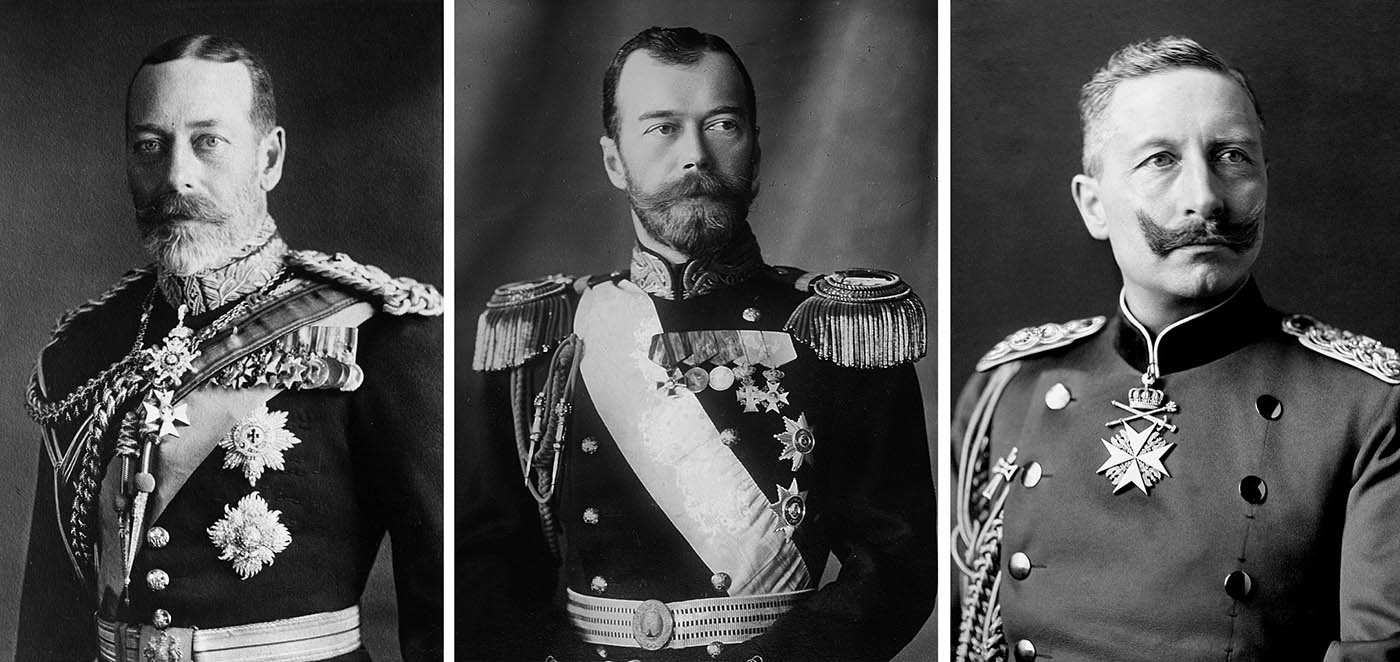This concept is used to explain what events and characters throughout history or most important
Historical Significance
The issue of this mandatory military enlistment was a divisive matter for many Canadians
Conscription
These establishments continued to serve illegal alcohol on the "hush hush" during prohibition.
Speakeasies
The Bombing of Hiroshima, pictured here, was the culmination of this American-based collaboration
This policy, used to hunt suspected communists, characterized the Red Scare climate in the United States
McCarthyism
This concept is used to explain what leads to events happening, as well as what happens as a result of those events
Cause and Consequence
This section of the Treaty of Versailles placed sole blame for the war on Germany.
This term was used to describe new-age women of the Roaring Twenties, characterized by daring new fashion trends and cultural expressions
Flappers
Taking an approach based on this policy, the League of Nations is considered in part responsible for World War Two
Appeasement
This man and former leader of the New Democrat Party is considered the father of Canadian Medicare
Tommy Douglas
This concept is used to analyze how history is constantly shifting and staying the same
Change and Continuity
Prior to World War 1, Germany developed this contingency "plan" for how they would prevent a two front war.
Schlieffen Plan
This "nickel" of a misstep, delivered by WLM King, cost the Prime Minister the 1930 election.
The Five Cent Speech
This ill-fated plan to invade the Soviet Union spelled the end for the Nazis.
Operation Barbarossa
This leader of the Soviet Union confused many; here he is seen visiting the United States - just three years later the two nations would nearly go to war
Nikita Khrushchev
This concept is used to analyze how historical events may have been viewed and understood based on the unique circumstances of historical people
Historical Perspectives
This terrorist group fought for Serbian nationalism, culminating in the assassination of Archduke Franz Ferdinand
This term was used to describe the government relief payments many Canadians relied on during the Great Depression
Pogey
He was the American General (and eventual President) that commanded the American campaign in the Pacific
Douglas MacArthur
This conflict is considered the end of the détente phase of the Cold War
The Soviet-Afghan War
This concept is used to make responsible moral judgements about historical characters and events
The Ethical Dimension
These kingly cousins led Germany, Britain and Russia at a time when their countries' disputes got in the way of their familial bonds
George V, Nicholas II and Wilhelm II
This incident in Turkey had the United Kingdom calling on Canada for aid; standing up for Canadian autonomy, we refused
Chanak Crisis
Canadians are remembered fondly for their efforts at this battle in the Pacific
Battle of Hong Kong
This Soviet policy, translated as "openness" was a key step towards the end of the Cold War
Glasnost